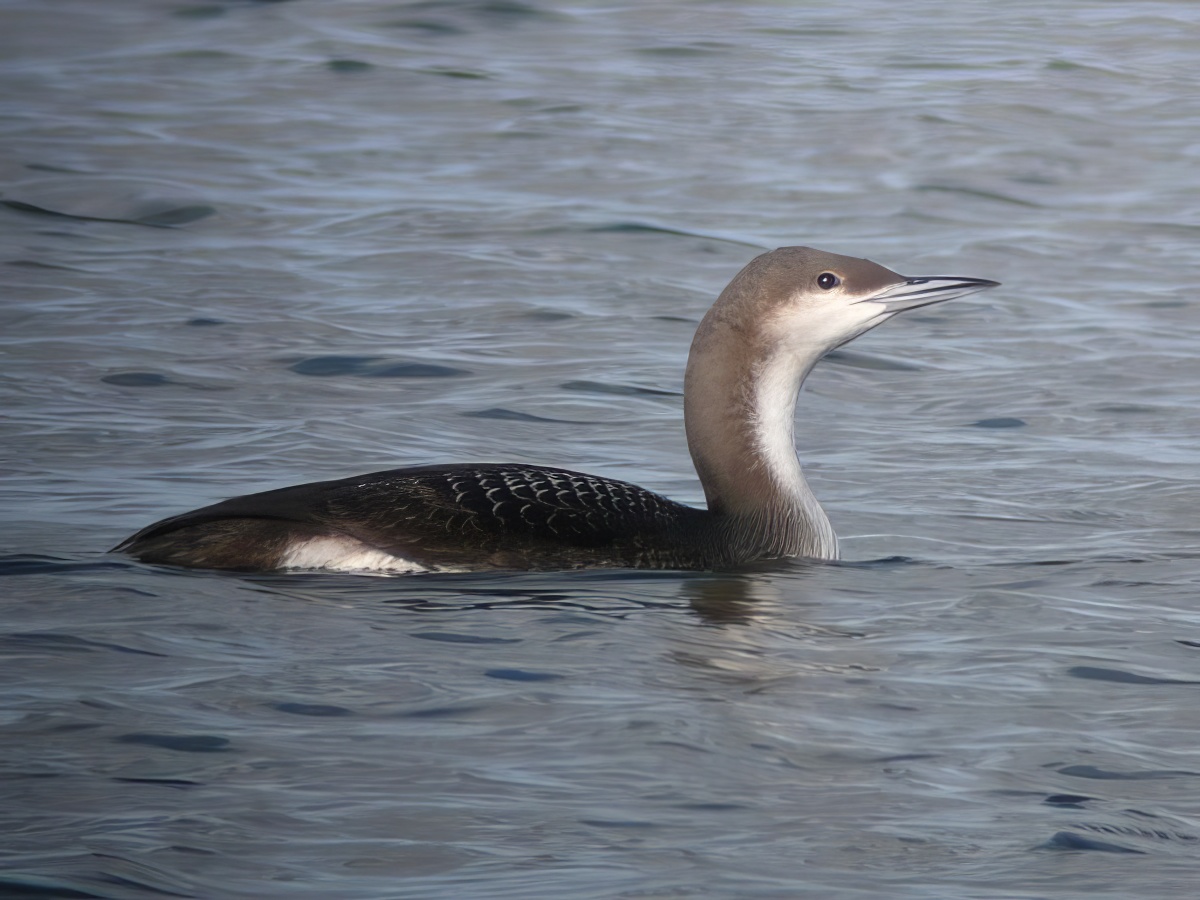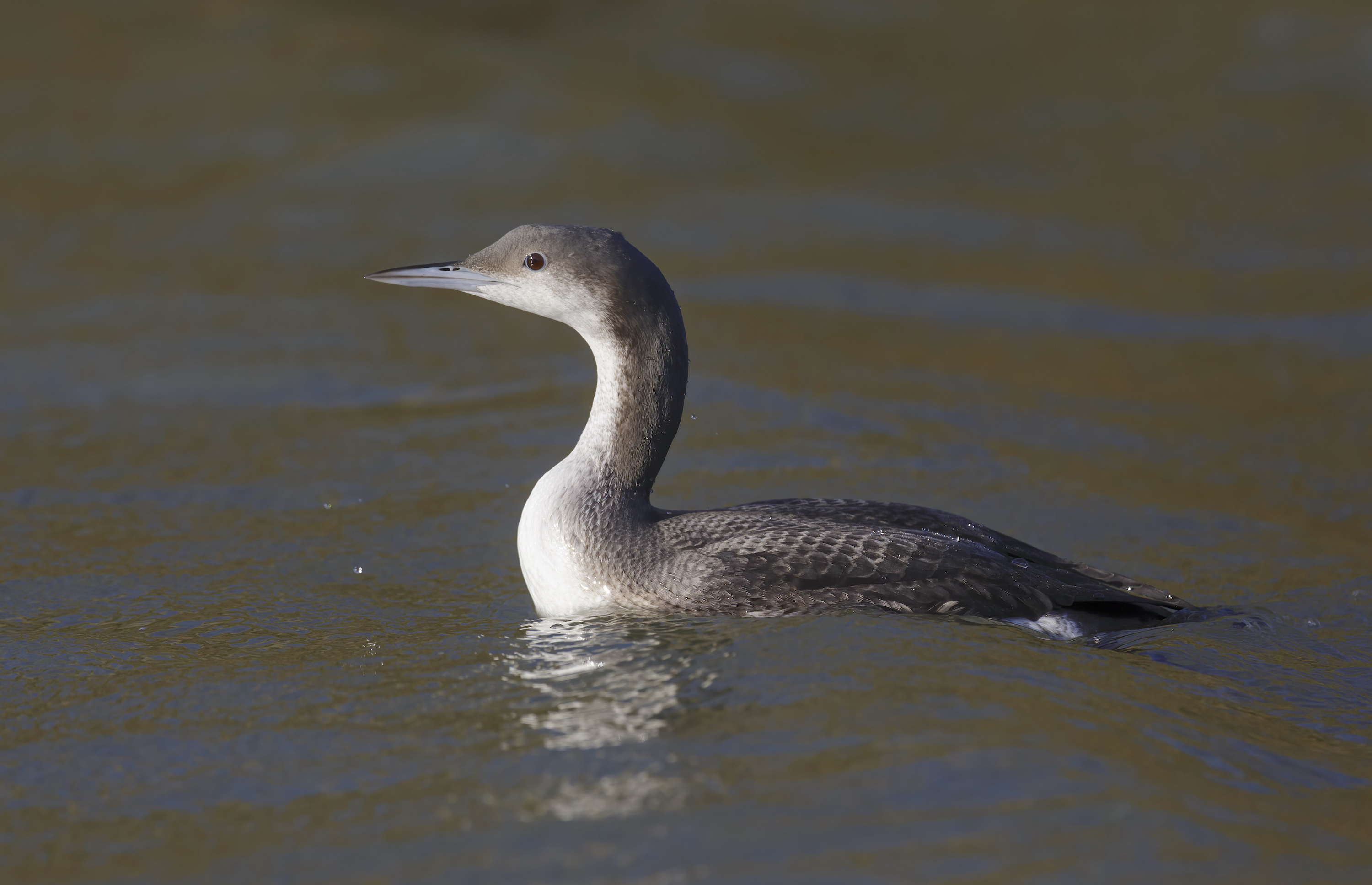Black-throated Diver Gavia arctica


The Atlas reported that in the 1980s and 1990s around 10 birds were seen a year from September-April. Black-throated Diver remains scarce but the numbers have increased with sea watching effort and the average in the five years to 2018 based on LBR reports is around 28 per year ranging from 26-30, remarkable consistency. Numbers are therefore less than 5% of their better studied cousin Red-throated Diver, G. stellata. Identification, especially at distance at sea from the shore, remains an issue and although the species is no longer considered by LBRC, records are monitored and checked as required. Most records are of singles but a flock of 6 was reported heading south at Chapel Point on September 23rd, 2017 and September-October is peak passage time. Another notable flock was five at sea off Witham Mouth on January 5th, 2014. January-February is the winter peak period although numbers are around half those of the autumn passage. Over 2014-2018 there were four inland records, three at Covenham Reservoir and one at Cleethorpes CP which stayed 33 days from January 3rd-February 5th, 2014 and was by far the longest stayer. Summer birds between May and late August are exceptional but an adult in full breeding plumage was seen off Crook Bank Saltfleetby-Theddlethorpe NNR on June 3rd, 2016.
(Account as per new Birds of Lincolnshire (2021), included September 2022)
